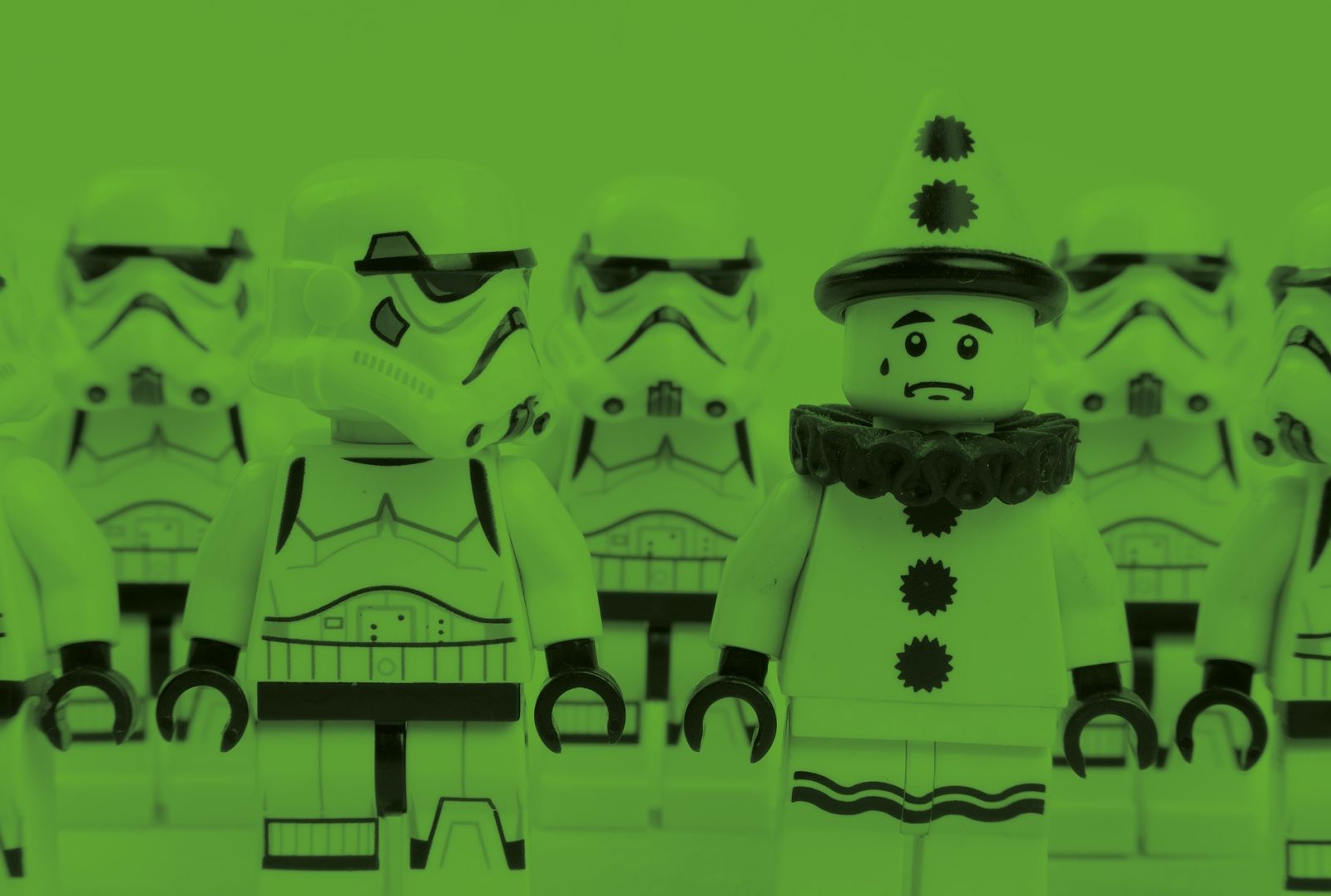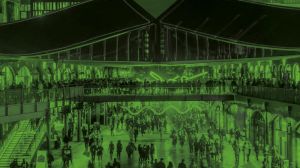Monthly Tonic - Issue 11
Are society’s ideas about discrimination in retail too simple? Can physical retail environments discriminate or exclude, this is a question that has led to some great discussions and insights at the studio some of which we share here.
Hi there,
A few weeks ago, I was unable to pay for my morning coffee. Thankfully, not because I couldn’t afford the £2.50, but because that particular shop only accepted digital payments and I was only carrying cash. As a result, we’ve been discussing discrimination and exclusion in retail. More specifically, are society’s ideas about discrimination in retail too simple, or even outdated? As retail designers, we are particularly interested in how physical retail environments can discriminate or exclude, which has led to some great discussions and insights. Below are some of the resources we used to inspire our thinking.
Recognising and addressing racism
in retail
Beauty retailer Sephora has recently conducted a survey to
assess the racism experienced by their customers. Alyssa Newcomb's
article in Fortune Magazine reviews the findings from the
report and the methods used to address racial bias amongst staff and reduce
possible instances of racism.
In her recent article featured by Vox, Rikki Byrd writes about American department stores’ long history of racial exclusion. Society has come a long way, but there is still work to do.
Physical space can discriminate
and exclude
As experts of the physical retail space, we ask ourselves how
architecture and the physical environment could discriminate. The Yale Law
Journal featured an in-depth article on the topic, providing a
detailed example of the powerful ways that the built environment can influence
behaviour.
Online publication PIN-UP published some great visual examples while discussing how public spaces can de-value citizens based on gender identity, social class or physical ability.
Technology can discriminate
Before retail adopts innovative technology, brands and designers
need to recognise that technology sometimes comes with embedded discriminatory
biases. Facial recognition is a perfect example. Harvard
University explains how algorithms used for facial recognition
led to a high level of errors, especially in recognising darker skin toned
females. Following this, Avriel
Epps-Darling, writing for The Atlantic, considers the
implications that computer-generated racism has for teens growing up in a world
dependent on technology.
Retailers must consider the price
of store innovation
We have tried to identify more subtle examples of exclusion in
physical retail stores, leading us to consider if payment methods can be
exclusionary. A short article published by Fintech Futures highlights the
prominence of the 'unbanked' population. The
number of people without access to financial services led us to consider the
implications for the consumer as stores modernise their checkouts. Modern Retail
writes about Amazon's latest innovation in payment, a giant
leap if some customers still haven’t adopted card payments.
I hope these are helpful. If you have any interesting examples of your own, we’d love you to share them with us.
Kind regards
Quinine
In Quinine's ‘Monthly Tonic' newsletter, we share the key articles,reports and research studies that are driving the conversations we are having here in the studio. Each newsletter is based around a single theme that extends beyond retail to explore broader social and cultural influences shaping the changing world around us. We share a range of insights, perspectives and points of view that are positively impacting the direction we are heading and the discussions we are having with our clients. The following newsletter was shared with all our friends, clients and Quinine community members. If you would like to receive our next issue, please sign up here!


